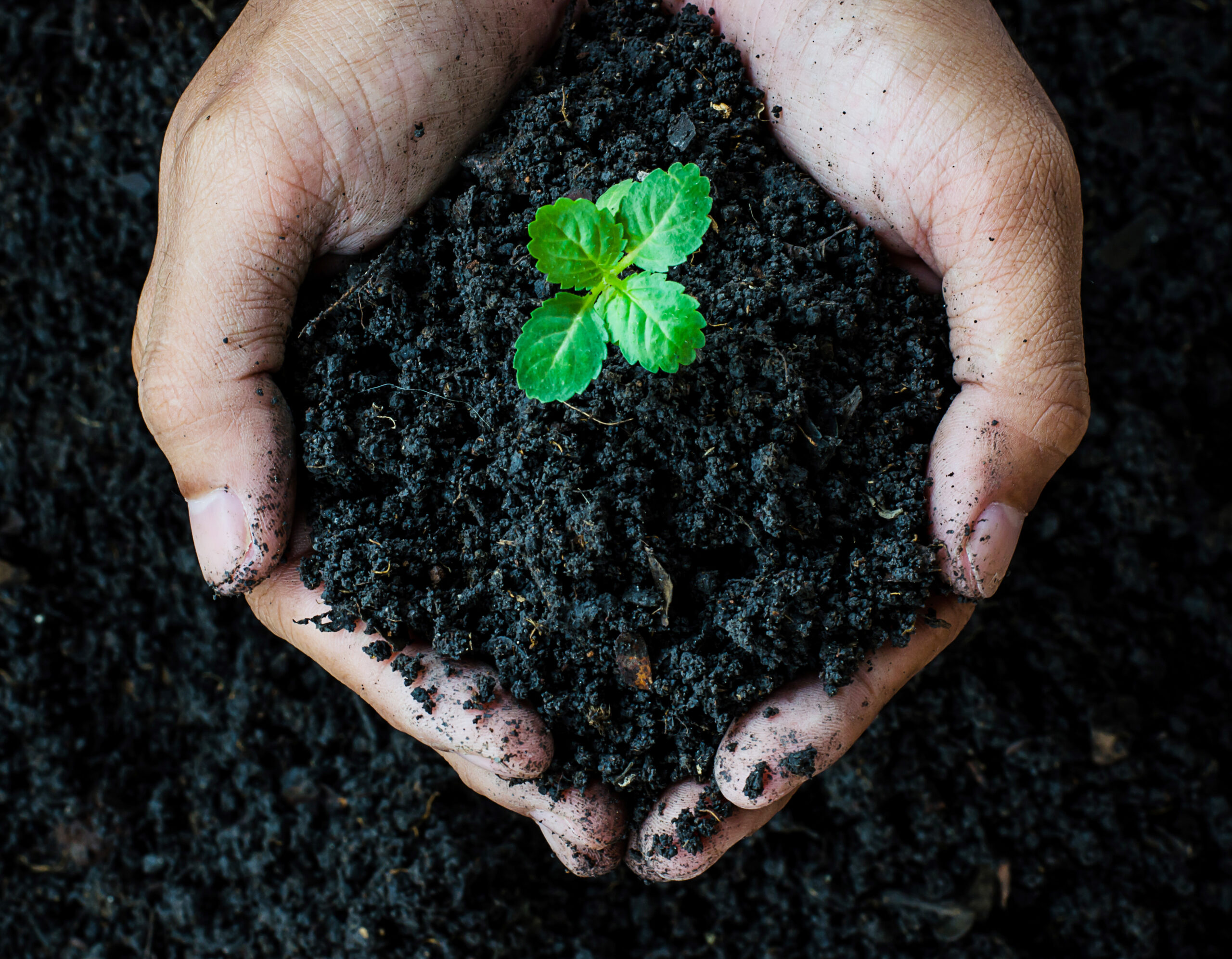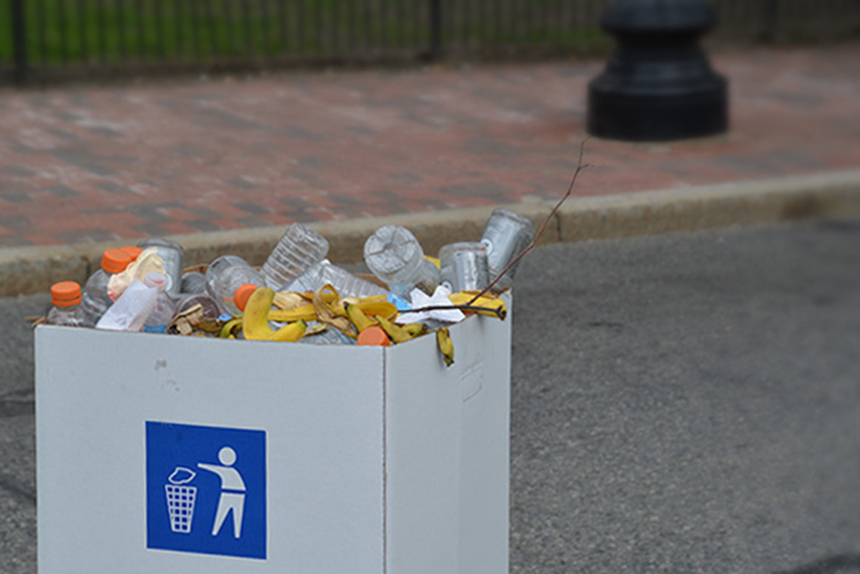Single-Stream Recycling has Drawbacks
April 23, 2011
The solid waste management sector in Rhode Island has been all atwitter with the news of the Rhode Island Resource Recovery Corporation’s (RIRRC) planned shift to single-stream recycling. Single-stream recycling is a system where all recyclable materials are put in one collection bin. Under the current system, paper and cardboard are separated from the other recyclables by the end user — you.
Paper, glass, metal and plastic all in one bin certainly makes recycling easier for the consumer, and the planned expansion of plastics collection to include many more types could increase the state’s municipal recycling rate overnight. But there are some drawbacks to the single-stream option that indicate it may not be the panacea to the shrinking state landfill.
Undoubtedly, collecting most plastics curbside will boost Rhode Island’s recycling rate, and the one-bin system will eliminate the “can I or can’t I” internal argument that most of us have had concerning our green and blue bins. Single-stream recycling should also reduce collection costs, which could make recycling more financially feasible for businesses and owners of buildings with four or more dwellings.
Single-stream recycling does lower collection costs. As just one example, automated trucks used for single-bin collection average 800-1,000 home pickups daily, compared to 400-600 for manual pickups with a driver and helper.
Recycling rates do go up in many single-stream scenarios. When the East Valley District in Los Angeles went to single-stream in 1998, net recycling tonnage increased from 1,900 to 4,500 tons a month.
One-bin recycling weaknesses
Single-stream processing costs are higher because additional labor hours are required to sort the mix of paper and plastic. Sorting systems also are much larger and require more space in sorting facilities, and initial sorting equipment investments are high.
An American Forest & Paper Association study reports that expenses increase $3 per ton for paper collected in single-stream systems. And while single-stream collection costs an average $15 per ton less than other systems, processing costs increase an average of $10 per ton and manufacturing costs rise about $8 per ton.
End products are more contaminated in single-stream scenarios. Typically, commodities will be more contaminated than those collected in a dual-stream system or sorted curbside. This contaminated material often has less value than recyclables collected in the current green-and-blue-bin system.
Contamination can also affect recyclers’ ability to produce quality products. For example, if paper grades are not properly separated at a sorting facility, corrugated cardboard might be improperly baled with newspaper. Once the bale has been bought by the newspaper processing mill, it can be difficult to sort the newsprint prior to it entering the pulping process. This type of contamination can reduce the quality of the final newsprint. Contamination also jams equipment, leading to lowered productivity and expensive repairs. Both add costs to processors’ and recyclers’ bottom lines.
Processors may have loads rejected by recyclers, or simply be paid less due to compromised quality, while the recycler must dispose of contaminants and buy additional material to make up for the loss. In other words, the cost savings for a municipality from single-stream collection become cost increases for processors and recyclers.
Another inefficiency related to single-stream vs. dual-stream/curbside sorting is the loss of revenue associated with recyclables ending up in the wrong separated stream — containers in the fiber stream and fiber in the container stream.
Equipment manufacturers suggest that the efficiency of a typical single-stream processing line is about 85 percent. This means that about 15 percent of the container stream sent to market has unwanted fibers, and about 15 percent of the fiber stream has unwanted containers. In most cases, these unwanted recyclables are sent by the recycler directly to disposal. This new waste not only represents significant lost revenue, it also artificially boosts recovery rates. Some 39 million pounds of plastics are sent to paper mills annually due to poor sorting at single-stream processors. Dual-stream recycling typically has about a 2 percent contamination rate.
Glass works
Glass is a problem for both single- and dual-stream sorting facilities. Typically, about 50 percent to 60 percent of glass breaks in the curbside collection process. The percentage generally increases to 60 percent to 90 percent with single-stream, depending on vehicle and compaction ratios.
It’s nearly impossible to prevent glass from breaking on its way to the curb or while it’s loaded and compacted on the truck, dumped on the tipping floor of sorting facilities, repeatedly driven over by vehicles and dumped on conveyor belts to be processed. It’s highly unlikely that glass collected in single-stream systems will be used for its most beneficial closed-loop application — glass bottles or fiberglass. Unless glass is sorted by color and cleaned to recyclers’ specifications, single-stream glass will be downcycled, creating a far-less-desirable outcome in terms of energy conservation and lower emissions. The most likely end uses for mixed glass cullet from a sorting operation is sandblasting base, aggregate material, or, as is the case in Rhode Island, alternative daily cover for landfills.
Even plastic contamination rates increase in single-stream systems. Plastics recyclers report that in general material from single-streams has a yield rate of about 70 percent compared to dual-stream systems which yield about 80 percent. Bales of polyethylene terephthalate (PET) plastic from deposit return systems generally have a yield rate of about 85 percent. The value of PET from a single-stream system is worth on average about 1-2 cents less a pound compared with PET collected via dual-stream.
Studies by the largest recycler of aluminum in the United States, Atlanta-based Novelis, found that curbside-collected material vs. material collected through container deposit and return systems — think bottle bill — the contaminant level, excluding moisture, was on average 78 percent higher for curbside sources.
Although data is limited, studies show that single-stream collection receives more recyclables due to higher participation rates. However, there is a lack of evidence proving that the single-stream system alone motivates increased participation.
Categories
Join the Discussion
View CommentsRecent Comments
Leave a Reply
Your support keeps our reporters on the environmental beat.
Reader support is at the core of our nonprofit news model. Together, we can keep the environment in the headlines.
We use cookies to improve your experience and deliver personalized content. View Cookie Settings




Thank you. This is very interesting.